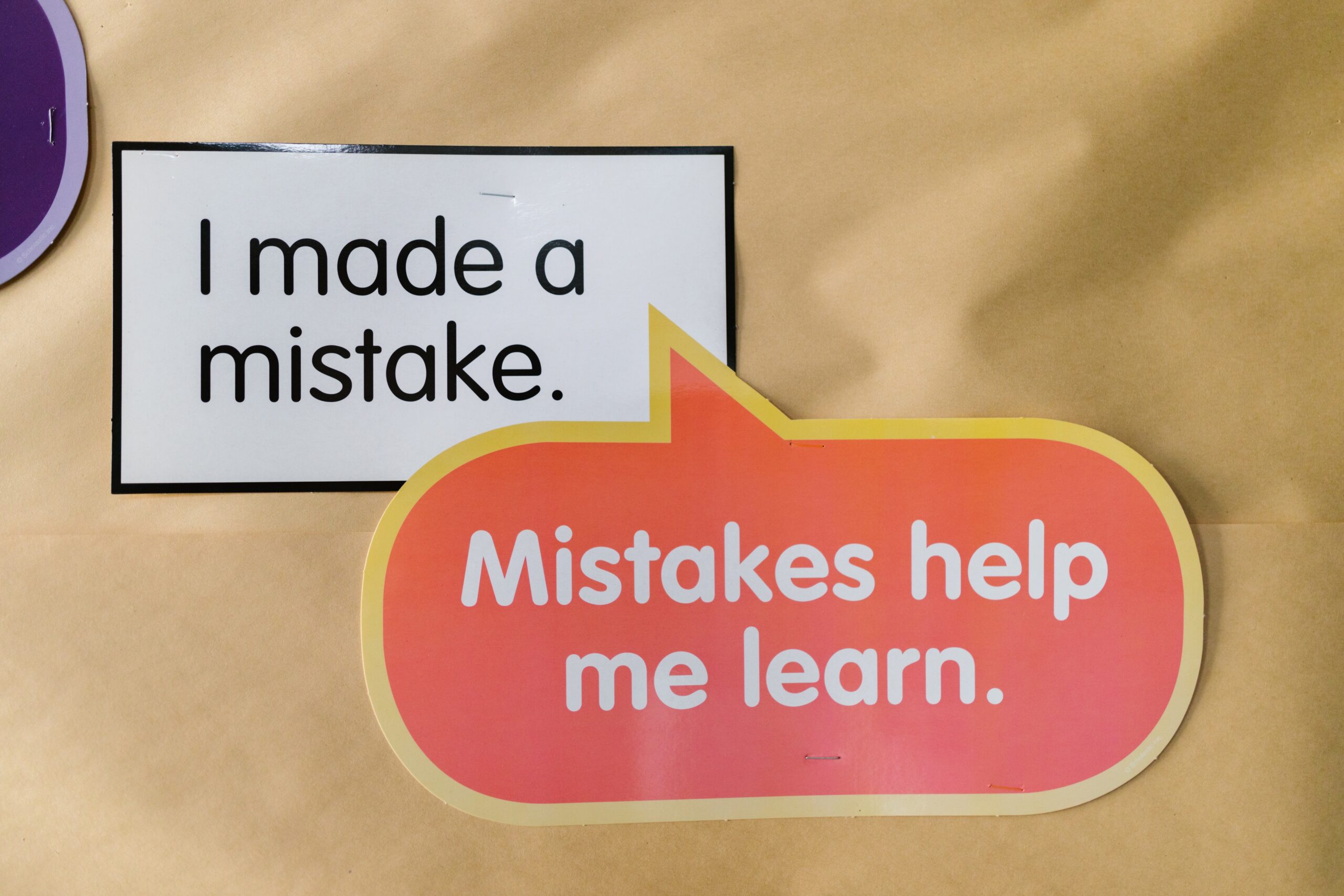Many people admire those who have achieved fame as prodigies in their fields or as lucky individuals who happened to be at the right place at the right time. However, they seldom realize the struggles these successful people encountered during their journey to the top. A few notable examples include the following:
Thomas Edison is credited with inventing “the carbon telephone transmitter, light bulb, and phonograph. In fact, it took 1,000 unsuccessful attempts before he created the first light bulb.”
Michael Jordan, failed to make his high’s school varsity team when he was a sophomore.
Colonel Sanders’ recipe for Kentucky Fried Chicken was rejected 1009 times before a restaurant accepted his offer.
Although in different fields, these famous individuals had at least one characteristic in common: perseverance. They had the wherewithal to encounter failure repeatedly and learn from their mistakes. Failure is an inevitable part of life. . . However, how a person handles failure determines success. “Research shows that challenging and specific goals in conjunction with high self-efficacy lead to higher levels of task performance.”
Failures often lead to success because they allow testing and trying what hasn’t worked to discover what does. “It can foster critical and analytical thinking skills.” In fact, a psychologist at Columbia University who led a study regarding learning from errors on a math test, maintains that “engaging the students interactively to focus on errors, and the reasons for them, facilitates productive failure and learning from errors.”
Amy Edmondson, a Harvard professor of leadership has recently published a book: Right Kind of Wrong: The Science of Failing Well, in which she explores how people can benefit from understanding their mistakes. She presents three strategies: 1)Put your failure into context. 2)Learn how to pivot. 3) Encourage failure sharing.
So, move ahead and analyze failures to learn to succeed!


